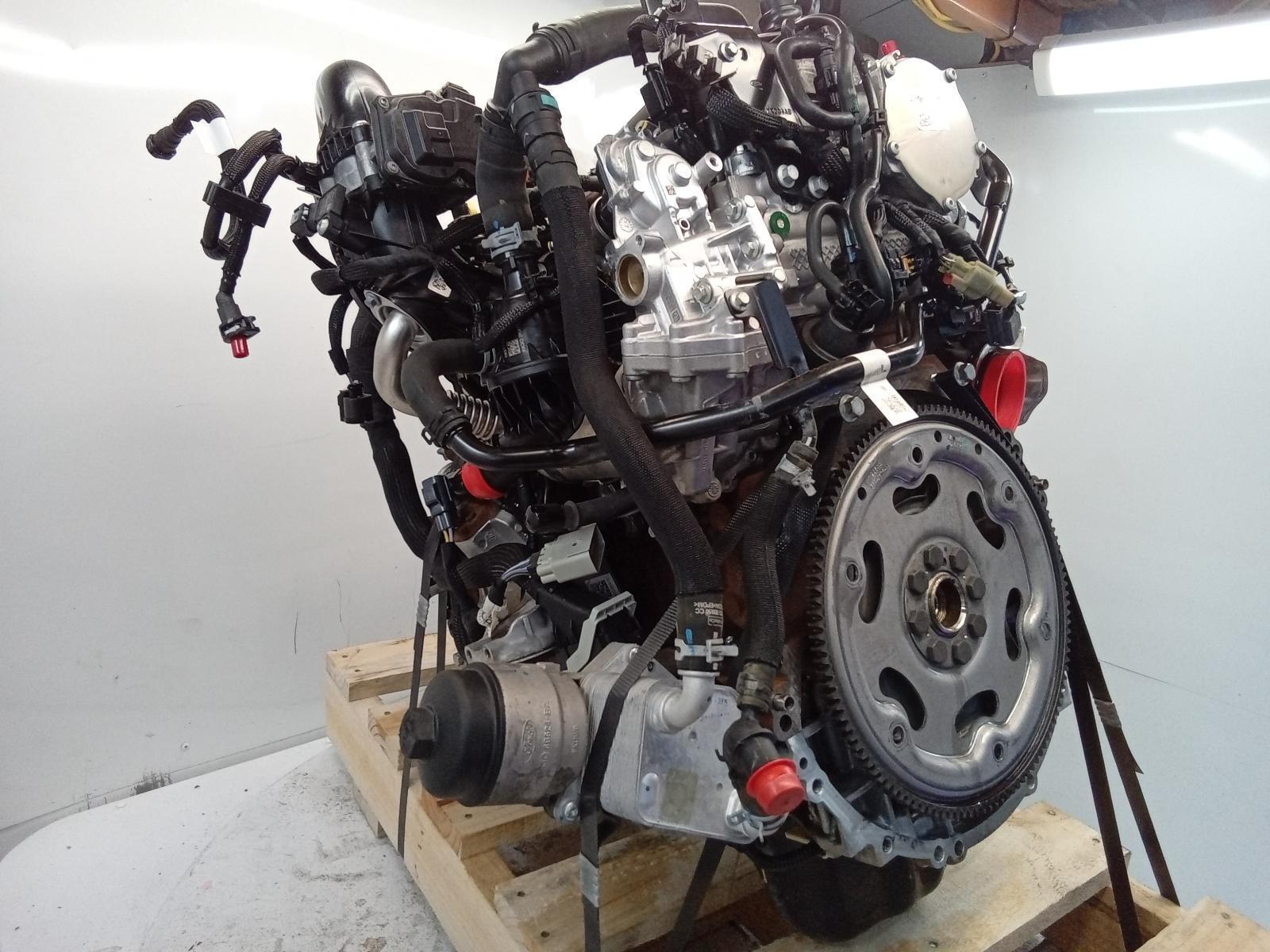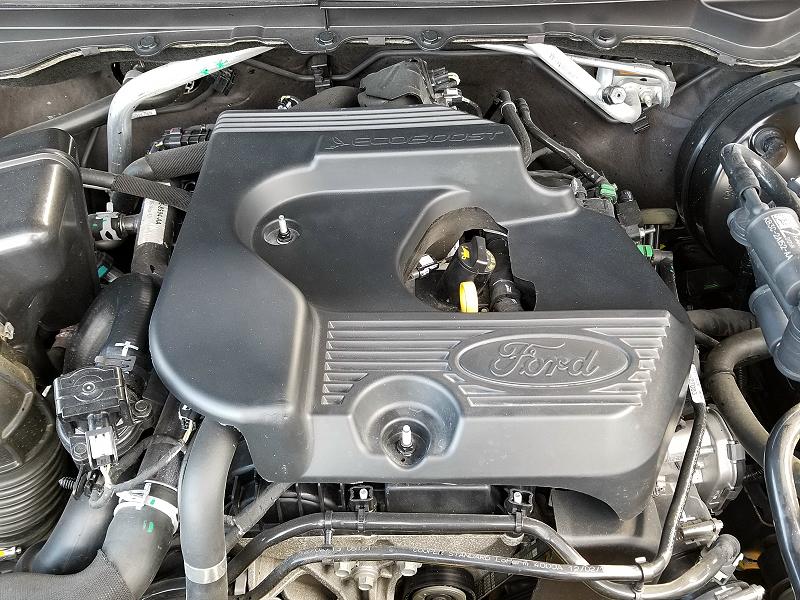Explore the Key Features of the 2.2 Ford Ranger Engine and Its Fuel Efficiency
Explore the Key Features of the 2.2 Ford Ranger Engine and Its Fuel Efficiency
Blog Article
Recognizing the Essentials of Cars And Truck Engines: Features, types, and features

Summary of Cars And Truck Engines
A car engine functions as the heart of a lorry, transforming gas into mechanical energy to push it forward. This elaborate system makes up various components that work in unison to make sure ideal efficiency and efficiency. The fundamental operation of an auto engine involves the inner combustion procedure, wherein fuel and air are blended, fired up, and removed to create power.
The engine's design can significantly influence its performance, fuel performance, and exhausts. Key elements include the cylinder block, pistons, crankshaft, and camshaft, each playing a vital duty in the engine's general function. The cylinder block houses the cylinders where burning happens, while the pistons convert the eruptive energy from combustion into linear activity. This motion is then changed right into rotational energy by the crankshaft, enabling the automobile's wheels to transform.
In enhancement to these components, engines frequently use numerous systems such as fuel shot, ignition, and cooling systems to boost performance and long life. Comprehending the basic auto mechanics of automobile engines is necessary for carrying out and diagnosing concerns upkeep, inevitably contributing to the automobile's dependability and performance in time.

Types of Auto Engines
Auto engines can be classified into numerous kinds based upon their design, gas type, and operational concepts. 2.2 ford ranger engine. The most usual groups include interior combustion engines (ICE), electric engines, and hybrid engines
Internal burning engines, which can be additional divided into gas and diesel engines, operate by sparking a fuel-air mixture to generate power. Gas engines are usually lighter and smoother, while diesel engines are a lot more fuel-efficient and deal higher torque.
Electric engines utilize electrical power saved in batteries to power an electric motor, offering immediate torque and no exhausts during procedure. As innovation advancements, electric automobiles (EVs) are increasingly becoming preferred for their ecological benefits and lower running expenses.
Hybrid engines combine elements of both internal burning and electrical engines, permitting for versatile source of power and enhanced fuel performance. They can operate in different modes, making use of either the gas engine, the electrical motor, or both all at once.
Each kind of engine has unique benefits and disadvantages, influencing their application in various automobile kinds and market sections, from compact vehicles to durable vehicles. Comprehending these types is vital for making notified decisions concerning automobile option and performance expectations.
Engine Features Clarified
Comprehending engine features is crucial for understanding just how vehicles operate efficiently. At the core of any kind of inner combustion engine exists the basic procedure of transforming fuel into mechanical power.
The ignition takes place next, firing up the blend and developing a rapid growth of gases. This pressure drives the piston down during the power stroke, which ultimately converts right into the rotational activity of the crankshaft. The exhaust stroke then expels the invested gases from the chamber, making way for a new cycle to commence.
In addition to these key features, engines likewise incorporate systems that take care of air conditioning and lubrication, guaranteeing optimal functional temperature levels and minimizing rubbing between moving parts. This elaborate interaction of features allows the engine to create the power necessary for car propulsion while maintaining efficiency and dependability. Recognizing these functions supplies useful insight right into the intricacies official website of automobile design and improves the ability to diagnose and deal with engine-related problems properly.
Secret Engine Features
Engine style encompasses numerous vital attributes that significantly influence performance, efficiency, and toughness. Among one of the most essential aspects is the engine configuration, that includes inline, V-type, and flat designs. Each configuration influences the engine's dimension, power, and balance output, consequently affecting general lorry dynamics.
Another essential feature is the engine variation, describing the total volume of all cylinders. Larger variations typically generate more power yet may compromise fuel efficiency. Engine products additionally play a critical role; high-strength and light-weight materials, such as aluminum and magnesium alloys, boost performance without adding too much weight.
The kind of gas injection system employed-- such as multi-port or straight injection-- influences burning performance and discharges. Supercharging and turbocharging are functions that enhance engine efficiency by forcing added air into the combustion chamber, increasing power output without substantially enhancing engine dimension.
Finally, the existence of sophisticated engine management systems maximizes fuel-air mix and ignition timing, adding to smoother operation and far better gas economy. Jointly, these attributes specify an engine's capabilities, setting the foundation for its performance and longevity in a competitive automotive landscape.
Upkeep Tips for Engines
Correct engine upkeep is vital for ensuring optimum efficiency and durability, as disregarding regular treatment can result in substantial problems down the line. To preserve your engine successfully, begin with normal oil modifications, usually every 3,000 to 7,500 miles, depending on the kind of oil made use of. Fresh oil lubes engine elements, reducing rubbing and wear.
In addition, monitoring coolant degrees is essential to avoid getting too hot. Guarantee that the coolant is covered up Read Full Report and remains in good problem to maintain effective temperature guideline. On a regular basis replace and evaluate air and gas filters, as blocked filters can impede air flow and fuel shipment, jeopardizing engine performance.
In addition, take note of ignition system and ignition systems. Defective or used stimulate plugs can result in misfiring and decreased performance. Inspecting the battery terminals and links for deterioration is also essential, as a weak battery can affect engine beginning.

Conclusion
In recap, an extensive understanding of automobile engines encompasses different types, functions, and vital features that substantially influence vehicle efficiency. Inner combustion engines, in addition to electric and hybrid alternatives, demonstrate diverse systems for energy conversion. 2.2 ford ranger engine. Identifying the essential features, such as consumption and exhaust cycles, along with critical engine features like configuration and gas shot systems, gears up auto owners with the knowledge needed for efficient upkeep and operation, eventually improving lorry durability and performance
An auto engine serves as the heart of a vehicle, transforming gas into mechanical energy to move it ahead. The basic procedure of an auto engine involves the interior combustion process, in which fuel and air are blended, stired up, and eliminated to produce power.
On a regular basis evaluate and replace air and gas filters, as blocked filters can prevent air flow and gas distribution, endangering engine efficiency. - 2.2 ford ranger engine
In summary, a comprehensive understanding of cars and truck engines includes various kinds, functions, and crucial features that substantially influence automobile efficiency. Identifying the necessary features, such as intake and exhaust cycles, together with essential engine features like setup and fuel injection systems, furnishes automobile owners with the knowledge necessary for reliable maintenance and procedure, ultimately enhancing automobile longevity and efficiency.
Report this page